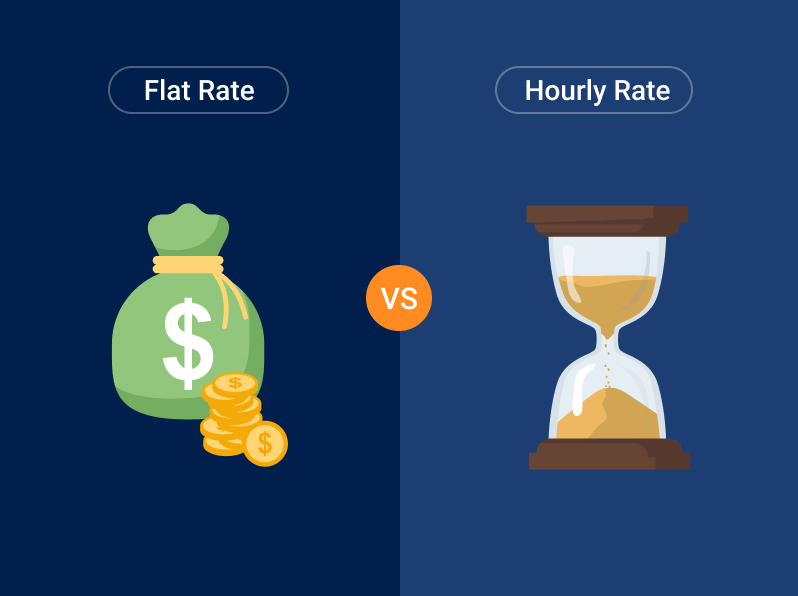Setting your prices and choosing how & what to charge for your freelance video editing services is one of the most important career decisions to make. Not only will it guarantee a fair and just compensation for yourself, but the right kind of pricing will also give you a bit of competitive advantage.
In the world of freelance video editing, two pricing models dominate the landscape. Some video editors are big fans of fixed project rates while others prefer to charge an hourly rate.
Both of these models have their pros and cons.
If you don’t know which price structure makes the most sense for your business, the following guide will help you dig deep into the specifics and hopefully make an informed decision. Let’s go!
Freelance Video Editing Fixed Rate Pros and Cons
As the name suggests, this pricing structure involves charging a single amount (or a couple of milestones) for the completion of a project. For this purpose, you need to have a really good idea about the time it will take you to do the work and the complexity of the project.
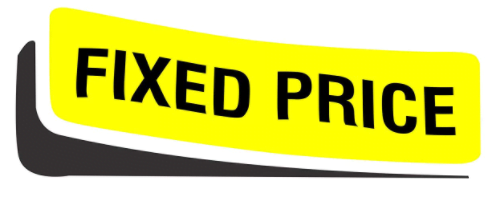
An example of this is a documentary editing package that Wide Awake Films uses for their clients. The package features the types of editing that would be done, the scope of the final video and the number of revisions a client would get.
As a rule of thumb, a lot of producers assume that a finished corporate production or high-quality YouTube video will cost about $1,000 per finished minute of footage. From there, you can extrapolate the final cost based on length. A 60-minute documentary will therefore cost $60,000
www.wideawakefilms.com
Some freelancers charge different or extra prices for colour grading, audio mixing, turnaround time or music licensing while some include everything in one big package, but you get the idea.
If you’re considering a fixed rate for your services, here are some of the biggest advantages of this pricing model.
Pros of fixed rates
- You know upfront how much you’re going to make for the completion of the project.
- The client also has a very specific idea about the fee and they can plan for budget / milestones.
- A great choice for smaller and simpler projects that you know how to handle.
- Also ideal for well defined and short term projects.
- Can be used for creating specific service packages which are great for marketing e.g ”Order a 5 min highlight video for just $399”.
- It’s a good way to build trust between the clients and freelancers as both parties have a very specific idea about all aspects of the contract / work.
Cons of fixed rates
All of this may sound great but fixed rates aren’t always the best choice. They do come with an array of shortcomings, the most important ones being the following:
- There’s always the risk of charging too little and underselling your skills.
- No flexibility for the completion of additional tasks and expansion of project scope.
- A poor choice for more complex or long term editing projects.
- Inflexible and rigid.
- It can be quite difficult to put a fixed price tag on creative work like video editing.
Summary:
Fixed rates can be used for smaller projects and creating pre-made packages. At the same time, however, this structure limits flexibility and the chance to take on more complex projects without underselling yourself.
If you don’t have a lot of experience as a freelance video editor, you’ll find it difficult to set the right fixed rates in the beginning for the various kinds of projects you’ll need to tackle. A good way to go around still is always do a few projects on hourly rates.
Once you’ve seen how much work there is and if you can work with that client you can create packages. It’s easy for some clients to overstep or expect more, so be aware of this and stand your ground.
Freelance Video Editing Hourly Rate Pros and Cons
Whatever fixed rates lack, hourly fees bring to the table. Many freelance video editors prefer this structure because it offers so much more flexibility. Still, hourly rates can be a hit or miss, depending on the scope and the specifics of the project.
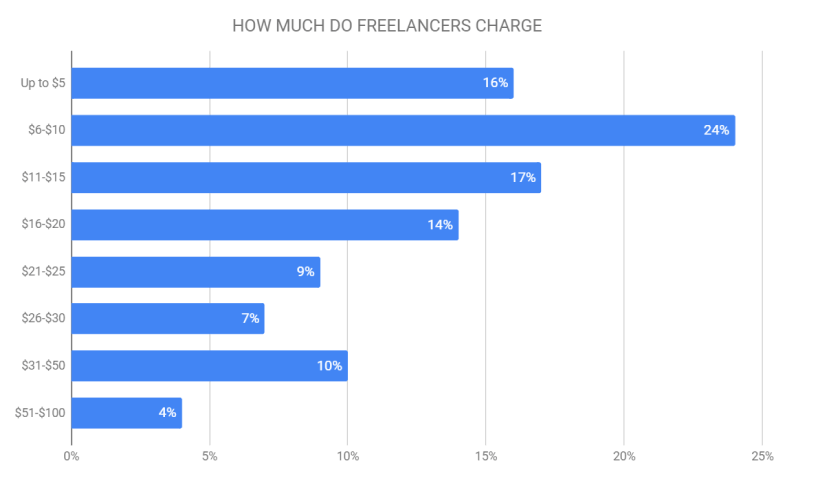
To compare this fee structure to fixed rates, let’s first examine the benefits that come with choosing hourly rates:
Pros of hourly rates
- It’s much easier to charge accurately for the amount of work you’re actually doing
- A great choice for more complex and extensive editing projects
- Also a perfect choice if the client doesn’t have a very specific idea about what they’d like to accomplish
- Allows much more flexibility when it comes to add-ons, revisions, colour, music etc.. or in general more work than originally planned
- You will still get paid for the work you’ve done, even if the client decides to cancel the project in the middle of the process
- A great choice for newbies who don’t have a ton of experience
- Ideal if you have to charge overtime or if the client is requesting more work than what’s featured in your package
Cons of hourly rates
The hourly rate, however, will expose you to some of the following risks and shortcomings:
- Clients could find a high hourly rate difficult to swallow (telling someone you charge $50 / hr may sound much more expensive than giving them a fixed rate of $399 for the entire project
- For some freelancers, an hourly fee structure creates laziness – work can be extended exponentially to charge the client more
- Can be more difficult to market than fixed fees
- You could finish the project much faster than anticipated (which means you’ll earn less)
Summary:
Hourly fees generally offer more flexibility but they may seem unfair or too high to the client. This is the reason why hourly rates can be difficult to promote.
At the same time, they’re the best choice for inexperienced freelance video editors and for complex or long term projects that lack a clear scope. For example, ‘’I need a
It’s always recommended you start with hourly rates and then move on to or add fixed packages in your pricing, so you cover any kind of client and budget.
So, What Should You Charge Your Clients?
That’s the million dollar question, isn’t it?
One thing we’d recommend is doing research before choosing the pricing structure that you prefer better. Finding out how other editors in your area or in general are analyzing and using both methodologies side by side will give you a good picture of your options and how they might benefit your freelance business.
The best strategy for growing your business is offering clients flexibility.
Some editing studios work on a fixed project basis but they also offer loyal clients monthly subscriptions that entail a certain amount of regular work. This is a great choice for those who’d like to test out the editing studio and for those who offer repeat work and who’d enjoy some loyalty benefits.
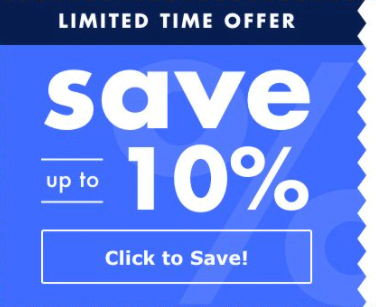
Speaking of which, loyalty programs and discounts can be applied to any type of fee structure. There can always be different tires created to accommodate different client needs. The same applies to the specifics of that job and skills that will be required to work on each project.
In other words, don’t just limit yourself to one rigid structure, especially if you offer clients diversified services or if you’re not used to creating prices yet. Always remember that what seems to work well for one project isn’t necessarily going to be universally applicable.
Keeping Project Rates Profitable – Test the Waters and Adapt
Most freelance video editors have had to launch their career somewhere. Chances are that they made mistakes in terms of pricing, marketing and interacting with clients. The best lesson here is to learn from every single mistake and draw conclusions for the future.
One fee structure isn’t better than another. Some editors are strictly fans of hourly fees, others will always charge a fixed rate. The fact that somebody else is counting on a certain strategy doesn’t mean you should be doing the exact same thing unless you have the same experience and goals.
In the beginning of your career, you can use a project tracker to calculate exactly how much time is needed for every single project. This strategy will be especially beneficial for the editors that go for a fixed rate. The time tracker will provide a good confirmation of the fee’s validity. If you’re under-selling your work, you’ll get to put together a higher quote the next time you need to complete similar work.

Also, it’s up to you to educate clients. Getting them focused on end results and quality of the outcome is going to be essential. Very often, clients who go for cheap fixed price jobs will be disappointed with the result. Cheap post-production can actually be costlier than an accurate fee, be it fixed or hourly. Hence, educating your clients about the importance of paying for quality work will reduce the amount of convincing you’ll have to do when providing a quote.
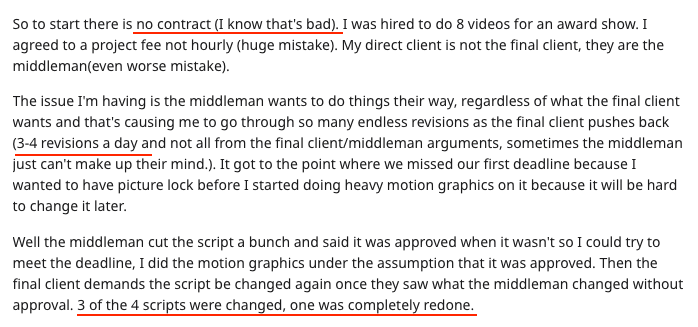
Don’t be afraid of experimenting and learning more about the business side of things. After all, being an incredibly skilled editor isn’t enough to make your business profitable. You’ll also need some strategic acumen and a good understanding of the market in order to position yourself accordingly.
